Top Things to Know Before Buying a Small Vegetable Garden Layout
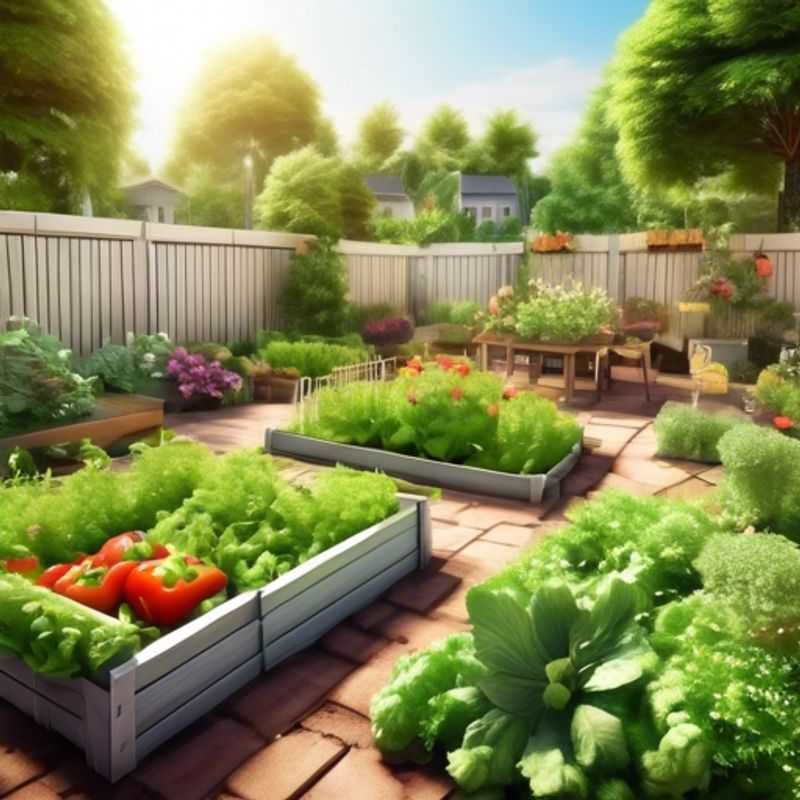
Top Things to Know Before Buying a Small Vegetable Garden Layout: Sunlight, Space, Mature Size, Planting Mix, Companion Planting, Drainage, Soil Quality, and Planting Times
Ah, the joy of growing your own vegetables! But before you jump into digging up the backyard, there are a few key things to consider to ensure a bountiful harvest. Let's delve into the crucial factors that'll help you plan the perfect small vegetable garden layout:
1. Sunlight's the Star: Vegetables crave sunshine, so the first step is to determine how much sunlight your garden area receives throughout the day. Most vegetables require at least 6 hours of direct sunlight daily. A simple observation over a week will give you a good idea.
2. Space is Precious:

Sunlight Analysis: Illuminating Your Garden's Potential
Understanding how much sunlight your garden area receives is crucial for selecting the right plants and ensuring they thrive. There are two main ways to determine sunlight levels: observation and using a sun-tracking app.
Observation: The simplest approach is to observe your garden throughout the day, noting the amount of sunlight it receives. Consider different times of the year, as sunlight patterns change seasonally. Divide your garden into zones based on their sunlight exposure, such as full sun (6+ hours), partial sun (3-6 hours), and shade (less than 3 hours).
Sun-Tracking App: Apps like Sun Seeker, SunCalc, or Google Maps (which has a sun path feature) can provide accurate details about sunlight exposure for your garden area. These apps utilize your location and date to show you the sun's path throughout the day. Pay attention to shadows as they can significantly affect sunlight exposure. Some apps even offer the ability to adjust your property's features like buildings or trees for more precise results.
Remember, it's essential to consider factors like surrounding trees or buildings that might block sunlight. These can drastically affect the actual sunlight your garden receives. You can adjust your garden zones based on these factors. Understanding your garden's sunlight exposure is a crucial step in creating a flourishing and thriving green space.
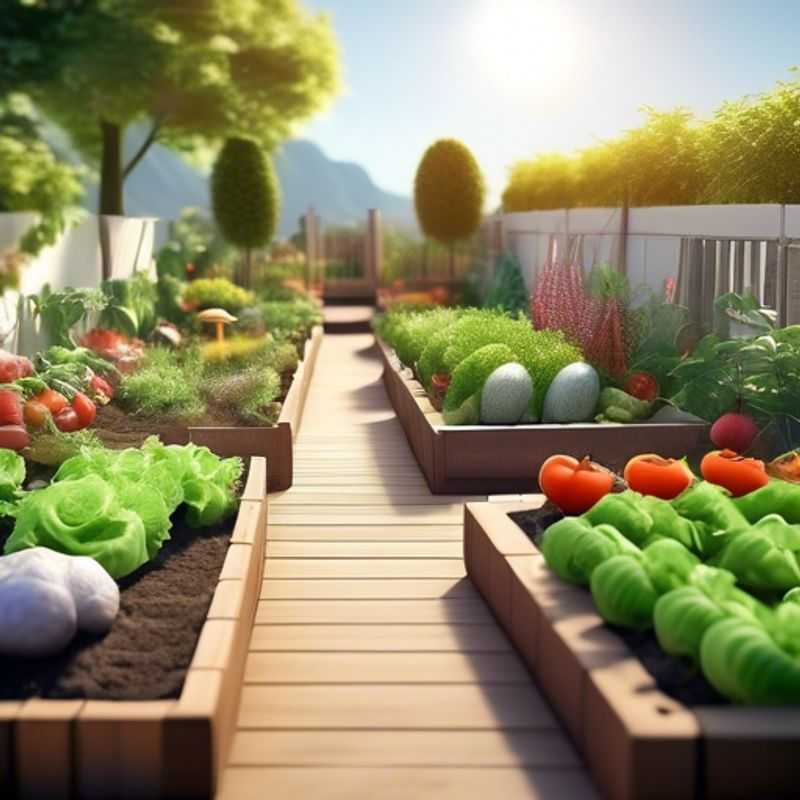
Measure Twice, Design Once: Planning Your Layout with Accurate Space Measurement
Before you dive into designing a webpage or any visual layout, it's crucial to understand the space you have to work with. Measure the available space, meaning you need to know the dimensions of your canvas, be it a screen, a printed page, or a digital canvas.
Start by noting the width and height of your container. If you're working with a website, this could be the viewport width and height, which are defined by the browser window. For print layouts, you'll need to measure the physical dimensions of the paper.
Once you have the overall dimensions, consider the margins and padding you'll need to accommodate. These are areas of empty space around the edges and within elements, respectively. Margins are used to create visual separation between elements, while padding gives breathing room within elements themselves.
Keep in mind that different devices have varying screen sizes, so you may need to adjust your layout for mobile devices and tablets. Consider using a responsive design framework to ensure your layout adapts gracefully to different screen sizes.
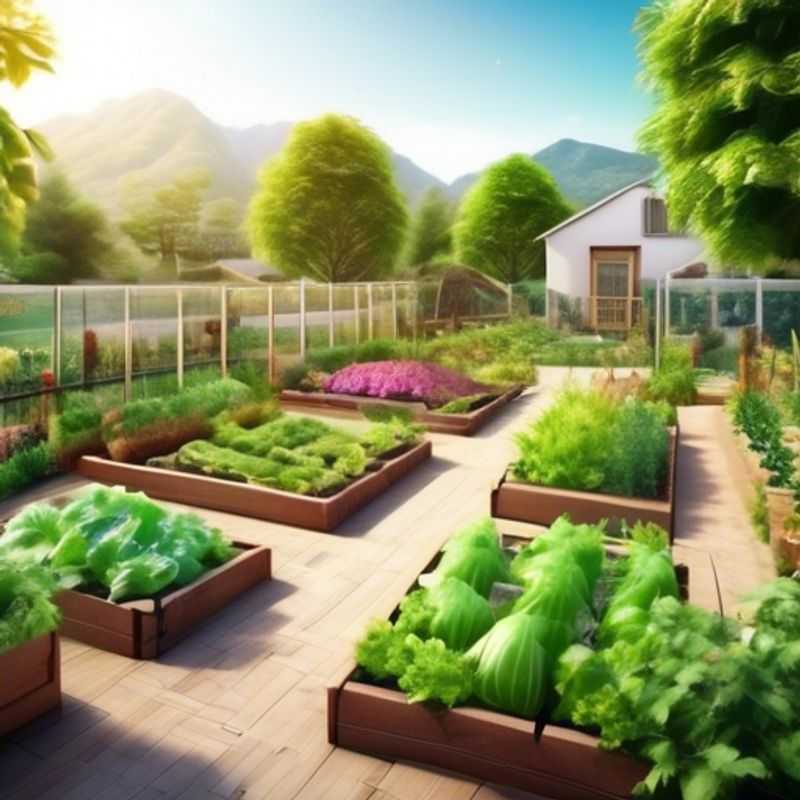
Planning Your Garden: Understanding Mature Vegetable Sizes
When planning your vegetable garden, it’s crucial to consider the mature size of the vegetables you want to grow. This is a critical factor in ensuring your plants have enough space to thrive and produce a bountiful harvest. For example, if you’re planning to grow tomatoes, you need to consider their mature height and spread, which can range from 3 to 8 feet. Knowing the mature size allows you to plan the layout of your garden efficiently, ensuring that each plant has adequate room to grow and receive sunlight.
Understanding the mature size of vegetables will help you determine the spacing required between plants. For instance, bush beans need about 6 inches of space between plants, while pole beans require about 12 inches. This information is essential for creating a well-organized garden, ensuring that plants don't compete for resources and receive sufficient sunlight.
This information will help you determine the ideal spacing for your garden, preventing overcrowding and maximizing the harvest. If you plant too many plants close together, they will compete for nutrients, water, and sunlight, leading to stunted growth and lower yields.
In addition to spacing, understanding the mature size of vegetables will help you choose the appropriate planting method for your garden. For example, small vegetables like lettuce and spinach can be planted in rows, while larger vegetables like squash and pumpkins may be better suited to a wider spacing pattern.
By considering the mature size of vegetables, you can plan an organized and productive garden, maximizing your harvest and creating a beautiful outdoor space.
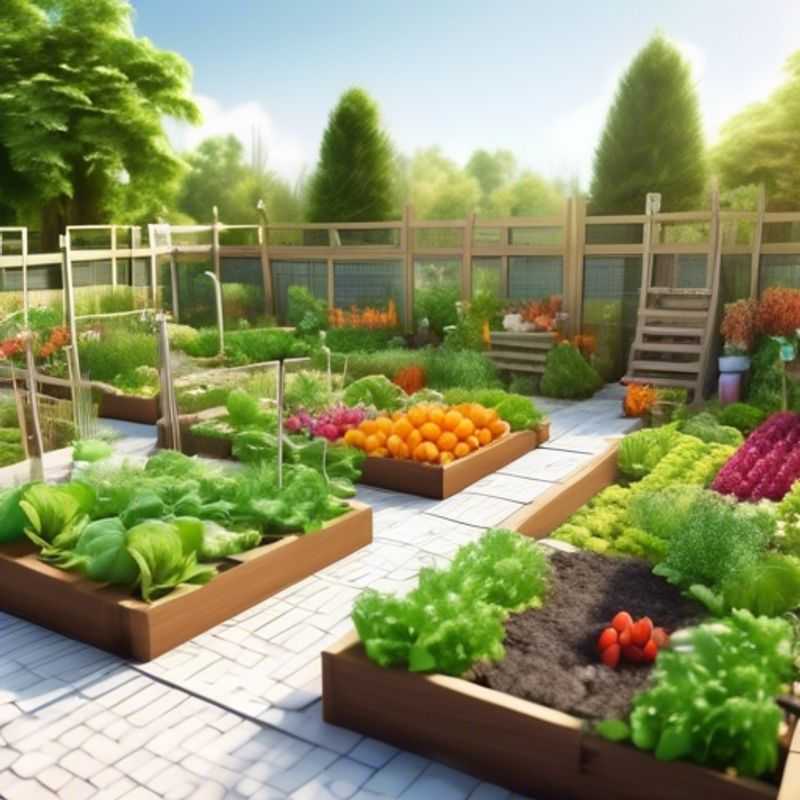
The Art of Mixing: Fast and Slow Growing Vegetables for a Continuously Bountiful Garden
A diverse vegetable garden brings a consistent supply of fresh produce throughout the growing season. By strategically planting a mix of fast-growing and slow-growing vegetables, you can enjoy a continuous harvest, optimizing your garden space and minimizing downtime.
Fast-growing vegetables, such as radishes, lettuce, and spinach, mature quickly, often within a month or two. They provide an early harvest and can be interplanted with slower-growing crops, utilizing the space while the others mature. This maximizes your garden's yield and allows you to rotate crops more efficiently.
Slow-growing vegetables, such as tomatoes, peppers, and squash, take several months to reach maturity. They require a longer growing season, but their fruits and vegetables provide a lasting harvest, adding variety to your diet throughout the summer and fall months.
Here are some additional tips for maximizing your vegetable garden's potential:
Succession planting: Plant fast-growing vegetables in intervals throughout the season, ensuring a continuous harvest as the slower-growing plants mature. This strategy keeps your garden productive all summer long.
Companion planting: Combine vegetables that benefit each other's growth. For instance, basil repels insects that can damage tomatoes. Research different companion planting combinations to optimize your garden's productivity.
Intercropping: Strategically planting fast-growing and slow-growing vegetables together, such as planting lettuce between rows of tomatoes, helps utilize space efficiently and minimizes soil erosion.
Remember, a well-planned vegetable garden takes time and effort, but the reward of fresh, homegrown produce is well worth it. Enjoy the process and relish the fruits (and vegetables) of your labor!

Maximize Your Garden Space: The Power of Companion Planting
Companion planting is a gardening technique that involves planting different species of plants close together to create a mutually beneficial relationship. This relationship can be beneficial for a variety of reasons, including:
Increased pest control: Some plants naturally repel pests that might attack other plants. For example, basil can deter aphids, while marigolds repel nematodes.
Improved pollination: Certain plants attract pollinators like bees and butterflies, which can benefit nearby plants.
Enhanced nutrient uptake: Some plants have different root systems that help improve the soil structure and make nutrients more accessible to other plants. For example, legumes fix nitrogen in the soil, which benefits plants like tomatoes and peppers.
Space efficiency: Companion planting can help maximize space utilization in a garden by allowing for diverse plant types to grow together. By strategically arranging plants, you can maximize yield in a limited area.
When incorporating companion planting into your garden, it's important to research the specific plants you're growing and their compatibility. Some plants might be detrimental to others, so it's crucial to ensure they are compatible before planting them close together. It's also crucial to consider the size and growth habits of the plants you're using to avoid overcrowding.
Companion planting can be an effective way to improve your garden's health and productivity. By understanding the benefits and taking into account the necessary precautions, you can create a thriving garden ecosystem that maximizes space and yield.
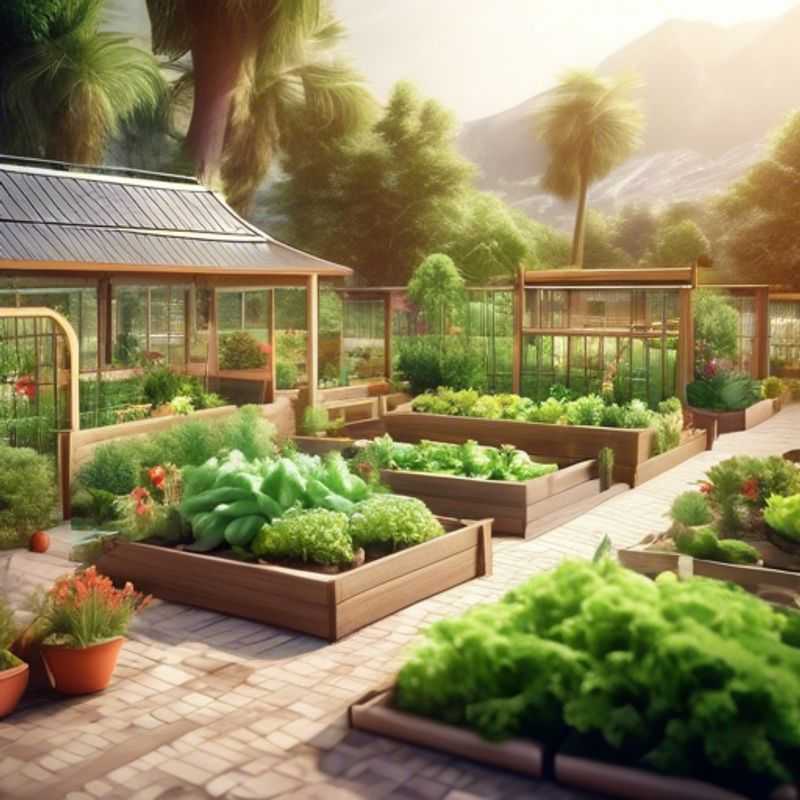
Nurturing Growth: Ensuring Adequate Drainage and Soil Quality
To ensure vigorous plant growth, it's critical to establish a thriving environment that supports root development and nutrient uptake. This means attending to both drainage and soil quality.
Drainage refers to the ability of water to move through the soil. Poor drainage leads to waterlogging, depriving roots of oxygen, which can cause root rot and plant death. Soil quality refers to its structure, nutrient content, and overall ability to support plant growth. Soil that's too compacted or lacks essential nutrients inhibits root growth and plant health.
Here are some essential steps to ensure adequate drainage and soil quality:
1. Test your soil: A soil test can identify pH levels, nutrient deficiencies, and other factors affecting plant health. This allows you to address specific needs with tailored solutions.
2. Amend your soil: Based on your soil test results, you can add organic matter like compost, manure, or peat moss to improve soil structure, aeration, and nutrient content. This enhances drainage and provides the necessary nutrients for plant growth.
3. Improve drainage: If your soil is prone to waterlogging, consider implementing drainage solutions like raised beds, French drains, or adding gravel to improve water flow. These techniques prevent water from accumulating around roots, promoting healthy growth.
4. Mulch your garden: Adding a layer of mulch, such as wood chips or straw, helps retain moisture, regulate temperature, and suppress weeds. This improves soil health and contributes to a thriving garden environment.
By taking these steps, you'll create a supportive environment for your plants, promoting their growth and ensuring a thriving garden.
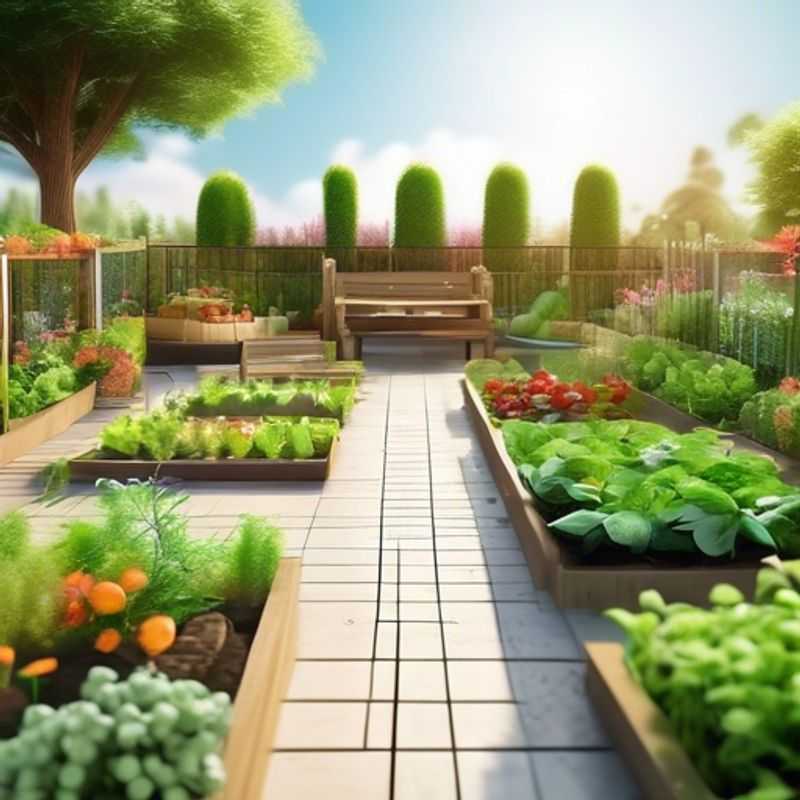
Unlocking Nature's Calendar: Researching Optimal Planting Times for Your Climate Zone
Determining the optimal planting times for your climate zone is crucial for gardening success. Understanding your USDA Plant Hardiness Zone is essential, as it provides guidance on the average minimum winter temperatures in your region, influencing the types of plants that can thrive.
Consult online resources and local gardening centers to find specific planting calendars tailored to your USDA zone. These resources consider local climate variations, including average frost dates, which indicate the last and first expected frost of the year.
For most plants, spring is the optimal time for planting, allowing them to establish roots before the heat of summer. However, certain plants like fall vegetables and cool-season annuals can be planted in the fall for a later harvest.
Remember to consider seed starting indoors for some plants, especially those with longer germination times, such as tomatoes, peppers, and cucumbers. Starting these plants indoors ensures they have a head start in the growing season.
Keep in mind that optimal planting times can vary depending on specific plant varieties and your local microclimate. Be sure to research each plant's individual needs and adjust your planting schedule accordingly.
